Equinox set to climb the ranks in CMJ’s Top 40: 2020 edition
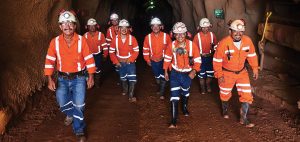
Miners at Equinox Gold’s Los Filos mine in Guerrero state, Mexico. Credit: Equinox Gold
Debuting on our Top 40 list this year at No. 39, Equinox Gold has grown at an incredible pace since its inception in 2017. With three acquisitions completed over the course of three years, the company has gone from zero production to expected production of more than half a million ounces gold in 2020.
In addition to appearing in the Top 40 for the first time this year, Equinox has also claimed the No. 1 spot in our top revenue gainers chart (see page 24), with an increase of more than 850% between 2018 and 2019 as it brought its second mine online.
While that is impressive enough, the company is set to climb higher in next year’s Top 40. It completed the acquisition of Leagold, which ranks No. 28 in this year’s Top 40 list, in March. With that acquisition, Equinox now has six assets in production, a seventh coming onstream in the third quarter, and additional project expansions planned that have the company eyeing 1 million oz. of annual gold production in the near term.
Focus on growth
From the company’s beginnings in 2017, when it was created through a three-way merger of juniors Trek Mining, NewCastle Gold and Anfield Gold, it was focused on growth, says CEO Christian Milau.
“We wanted to create an Americas-focused mid-tier gold producer and to do it at a time when the gold price was relatively low,” says Milau, the former CEO of True Gold, which was acquired by Endeavour Mining in 2016 for its Karma mine in Burkina Faso.
With the backing of mining entrepreneur Ross Beaty, both financially (he currently owns 8% of the company) and as chairman, Equinox was able to make investments in gold, between 2016 and 2018, when the yellow metal was out of favour and under US$1,200 an oz.
The company began construction at its past-producing Aurizona project in Brazil in late 2017, and in 2018, bought its first producing asset for $158 million from New Gold – the Mesquite mine in California.
During 2019, Equinox brought Aurizona into production, and began construction on a third mine – Castle Mountain in California, slated to begin production in the third quarter.
The merger with Leagold – a no-premium deal announced in December – has given it four more mines: Los Filos in Mexico, and Fazenda, RDM and Pilar in Brazil.
The all-share deal, which has given Leagold shareholders 45% of the merged company, has been transformative, providing scale and liquidity that now qualify the company for inclusion in the VanEck Vectors Gold Miners (GDX) and Junior Gold Miners (GDXJ) ETFs.
In a sense, the merger gave the market what it wanted, Milau says.
“The big fund managers in New York have been screaming for some no-premium mergers – create some efficiencies by cutting out corporate costs, and creating larger, more liquid companies so investors can invest in them – including the generalists.”
Closing a merger of this scale isn’t easy. But Milau notes that the deal made sense geographically and culturally, with members of both the Leagold and Equinox teams having helped build West Africa-focused gold miner Endeavour Mining, including Leagold CEO Neil Woodyer, who was the founding CEO of Endeavour.
“There were some of those old Endeavour team members building both Equinox and Leagold in a similar manner –
focused on the Americas, similar-scale assets, similar approach and philosophy,” Milau says. “We were doing it in parallel and in a way, competing against each other, so I said to Neil, ‘Why don’t we do this together?’”
At the time of the announcement last December, the combined market capitalization of the two companies was $1.3 billion. At presstime in mid-July, Equinox’s market cap had grown to $3.7 billion.
“The market really embraced (the merger) because you put together a very logical deal in similar companies, you were able to mesh management teams, refinance the balance sheet and you come out of it as a multi-million dollar company,” Milau says.
In addition, the growth focus of the company at a time when many other gold companies had stagnant or shrinking reserves and production, got investors’ attention. “We almost became a new name in the space and a very undervalued, interesting story for people to be looking at,” Milau notes.
At the end of March, the company released production guidance for 2020 of 540,000 oz. to 600,000 oz. gold at all-in sustaining costs of US$1,000-1,060 per oz. (The numbers, which will be updated to take into account any effects from the COVID-19 pandemic, don’t include Leagold production before the merger closed on March 10.)
Managing growth
Milau says the key to managing such rapid growth over a short time has been people.
“Once you have the right people – and there are a number of people here who helped build Endeavour Mining from scratch or built New Gold from scratch or other companies – they kind of know how to go from a standing start to a multi-asset company, and in a sense have taken a risk by stepping down to a smaller company, rolling up their sleeves and saying, ‘let’s do it again.’”
Now that the post-merger integration of Equinox is mostly done, with much of the Leagold team on the operations side of the business and the Equinox team on the corporate side, the combined company can focus on its two major expansion projects –
Los Filos and Santa Luz.
The company is getting the teams in place to execute on both projects and working on updating capital cost estimates, with official construction decisions expected soon. Both projects are expected to add production beginning in early 2022.
Leagold began the expansion of the Los Filos mine in Mexico last year, with additional open pit and underground development projected to increase production from 180,000 oz. gold per year to 350,000 oz. Post-merger, Equinox is now evaluating building a larger CIL (carbon-in-leach) plant than the planned 4,000 t/d plant, which would increase capital costs from the current estimate of $115 million.
The second project, the past-producing Santa Luz mine in Brazil, could add another 100,000 oz. gold a year of production over 11 years at an AISC of US$856 per oz. if it gets the green light. The project’s capex, according to an October 2018 feasibility study completed by Leagold, is US$82 million.
In addition, the first gold pour at the 45,000-oz.-per-year Castle Mountain mine in California is slated for the third quarter. The company is already working on a feasibility study to bring production up to 200,000 oz. annually.
It’s also considering an expansion of its Aurizona open-pit mine in Brazil, which is expected to produce an average of 130,000 oz. gold per year over its initial seven-year mine life. A preliminary economic assessment released in May shows underground development could add a total of 740,500 oz. gold over 10 years.
Add up all of that potential growth, and the company could be looking at over 1 million oz. of gold production annually.
In addition to growth, the company is turning its attention to sustainability-related goals this year, aiming to have more ESG (environmental social and governance) disclosure and metrics on its website.
Noting that Beaty is an environmentalist at heart, and that the management has significant ownership in the company, Milau says: “As owners of the company, we care about what people think of us and we want to have a positive impact.”
Equinox will also be looking into reducing the environmental footprint at its sites through the potential use of renewable energy, as well as dry stack or filtered tailings technology.
COVID crisis
The COVID-19 virus has presented challenges to all miners. But even though Equinox’s assets are all located in jurisdictions with a higher spread of the virus – Brazil, Mexico and the United States – the only major production interruption has been at Los Filos, in Guerrero state. Mining there was temporarily suspended in early April before restarting at the beginning of June.
“(COVID-19) definitely is a contributing factor to the complexity of the business and interestingly, again, the old Endeavour Mining team lived through Ebola in West Africa, which had a lot of similarities to this,” Milau says. “It wasn’t global, but it was a very contagious virus that was affecting a lot of people locally and causing some of the same reactions where mine sites had to put in place very strong protocols on health and safety to try to protect the workforce and communities.”
In addition to testing, isolation and distancing protocols during the COVID-19 pandemic, the company is working with local health authorities as the spread of the virus varies by region. Luckily, global supply chains have held up surprisingly well.
While the virus has added uncertainty for miners, the company has a strong financial position. Equinox drew the remaining US$180 million from its US$400-million revolving credit facility in late March (although it says it has no plans to use those funds) and had more than US$350 million in cash and equivalents in May.
With so many acquisitions in its recent past, Equinox clearly has its hands full delivering on its organic growth potential. However, Milau says the company is open to more aquisitions, if the asset is a good fit.
“Partly, this company has been built through being opportunistic and I think particularly in this type of environment with COVID and the uncertainty in the world right now, we really believe that multi-assets platforms and businesses are stronger and more liquid and better valued.”
With the gold price on the rise, and growth to 1 million oz. of production in sight, Milau hopes Equinox can fill some of the space left vacant by the diminished Canadian presence of gold miners like Goldcorp following recent acquisitions.
“We’re excited to be a Canadian champion company and doing it right.”
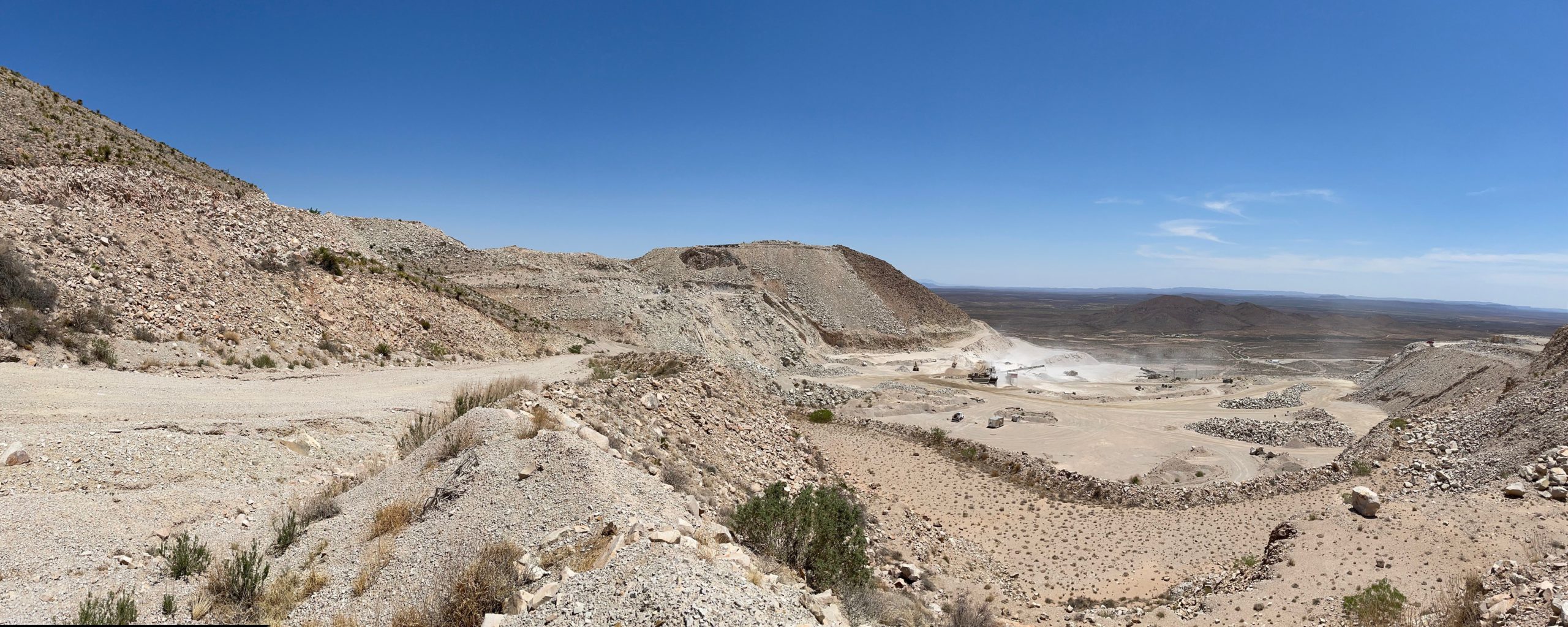
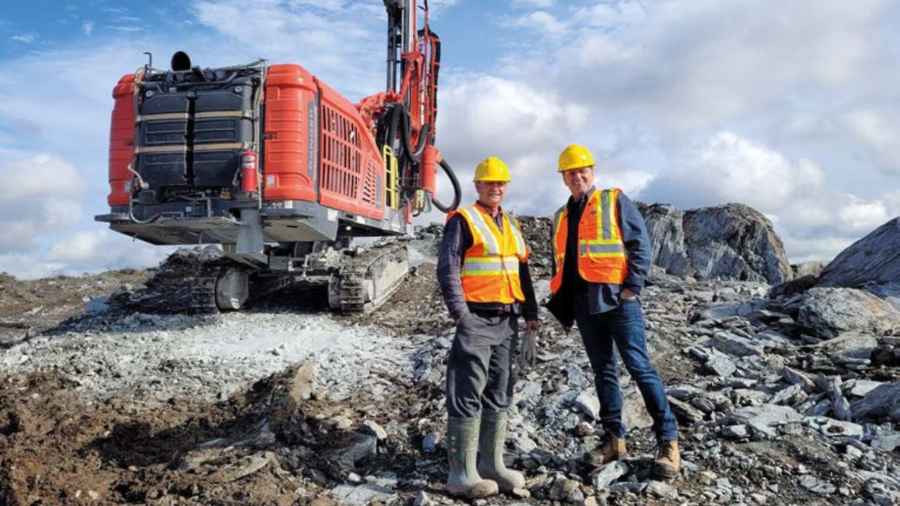

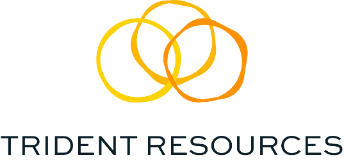
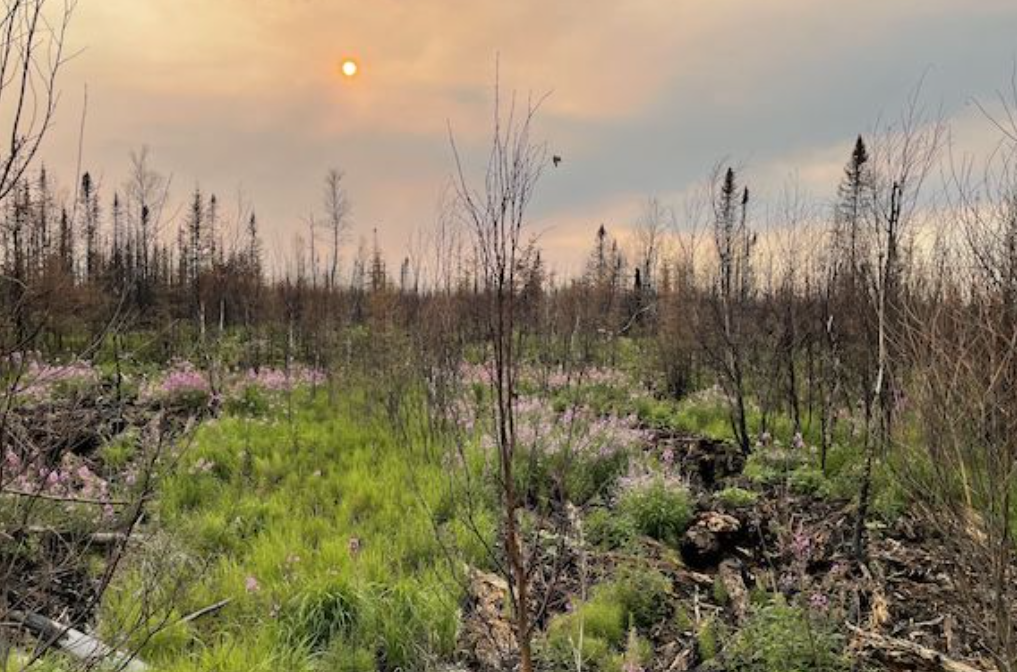
Comments